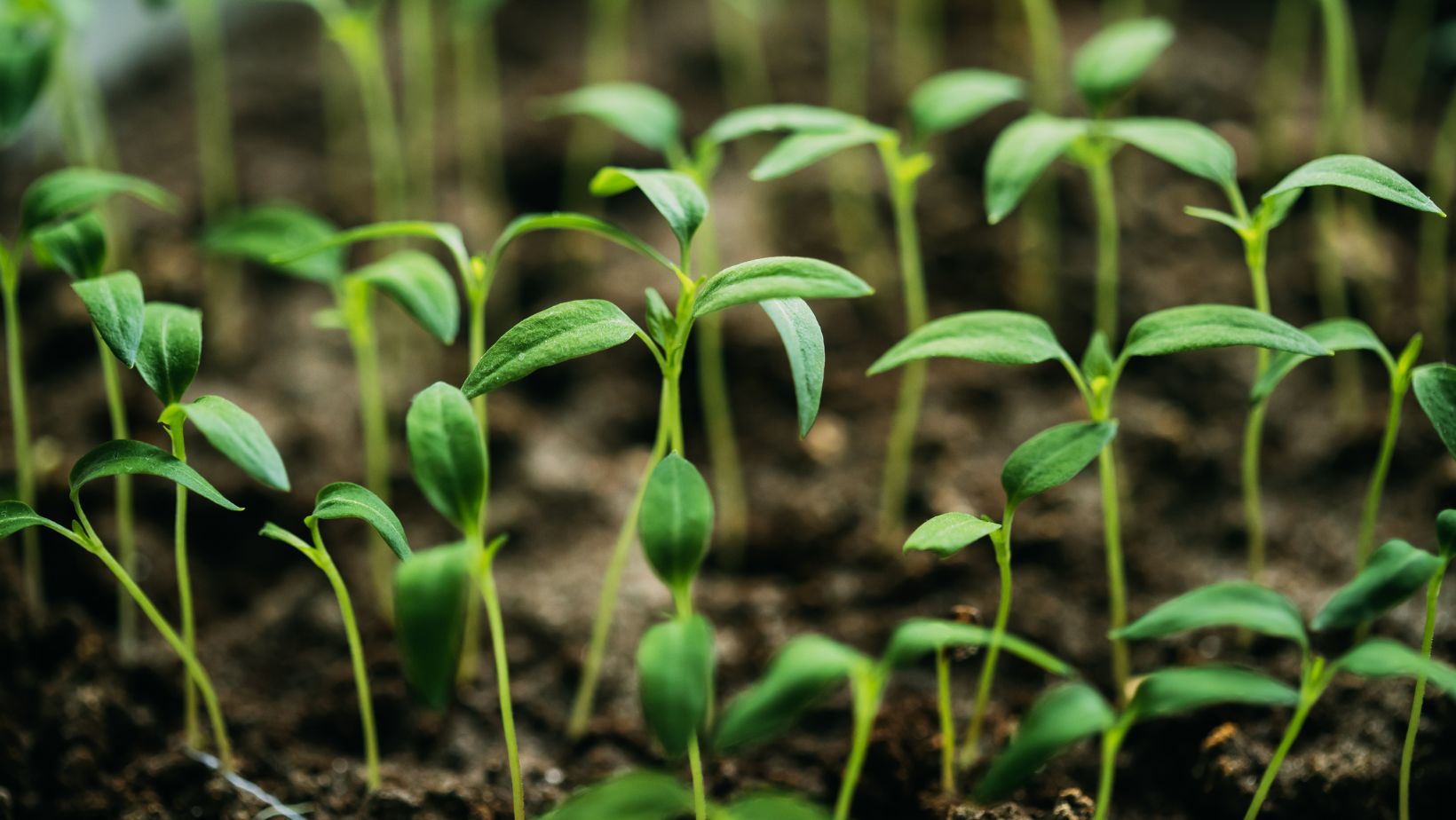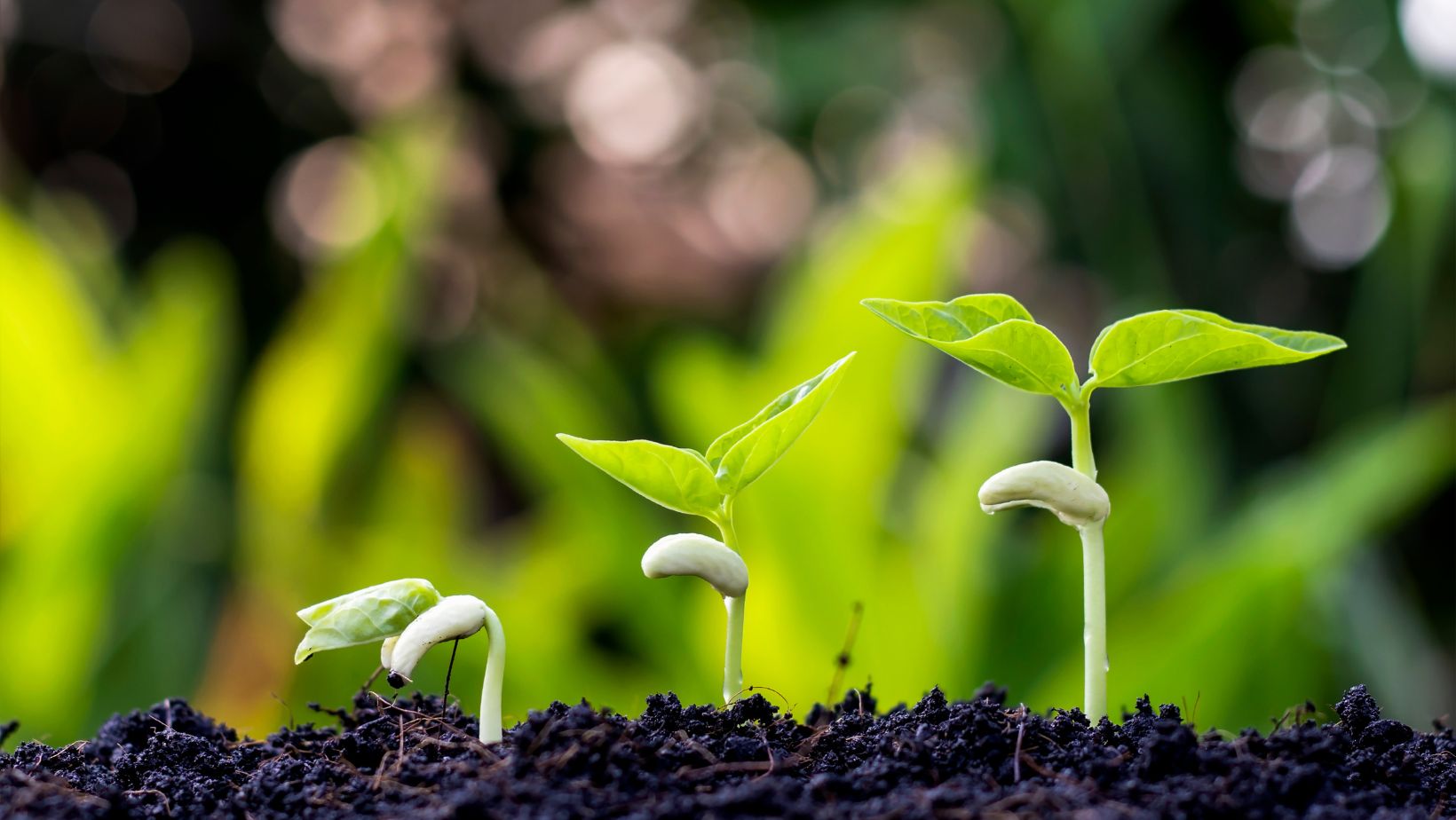Introduction
In the evolving landscape of agriculture, technological advancements have paved the way for innovative cultivation methods. Among these, the utilization of grow lights has emerged as a pivotal component in modern plant cultivation. By providing artificial light that mimics or supplements natural sunlight, grow lights enable year-round farming, optimize plant growth, and enhance crop yields. This article delves into the significance of grow lights, their types, benefits, and their transformative impact on contemporary agriculture.
Understanding Grow Lights
Grow lights are artificial lighting systems designed to stimulate plant growth by emitting an electromagnetic spectrum suitable for photosynthesis. 
They are essential in environments where natural light is insufficient or unavailable, such as indoor farms, greenhouses, and vertical farming setups. By replicating the sun’s spectrum or providing specific wavelengths, grow lights facilitate various plant growth stages, from germination to flowering.
Types of Grow Lights
1. Incandescent Lights
Incandescent bulbs are the earliest form of artificial lighting used in plant cultivation. While they are inexpensive and readily available, their low energy efficiency and high heat output make them less suitable for modern horticulture. They are generally used for low-light plants or as supplemental lighting.
2. Fluorescent Lights
Fluorescent lights, including Compact Fluorescent Lights (CFLs) and T5, T8, and T12 tubes, are more energy-efficient than incandescent bulbs and emit less heat. They are ideal for seedlings, herbs, and leafy greens. T5 lights, in particular, offer higher light output and are preferred for their efficiency and coverage.
3. High-Intensity Discharge (HID) Lights
HID lights, encompassing Metal Halide (MH) and High-Pressure Sodium (HPS) lamps, are known for their high light intensity and deep canopy penetration. MH lights emit a blue-white spectrum suitable for vegetative growth, while HPS lights produce red-orange light ideal for flowering and fruiting stages. However, they generate significant heat and require additional cooling systems.
4. Light Emitting Diodes (LEDs)
LED grow lights have gained popularity due to their energy efficiency, longevity, and customizable light spectra. They produce minimal heat, reducing the risk of plant damage and lowering cooling costs. LEDs can be tailored to emit specific wavelengths, making them versatile for various plant growth stages.
Benefits of Using Grow Lights
1. Year-Round Cultivation
Grow lights enable continuous plant production regardless of external weather conditions or seasonal changes. This is particularly advantageous for regions with limited sunlight or during winter months.
2. Enhanced Photosynthesis
By providing the appropriate light spectrum, grow lights facilitate efficient photosynthesis, leading to healthier plants and improved yields. Blue light (400–490 nm) promotes vegetative growth, while red light (590–700 nm) encourages flowering and fruiting.
3. Energy Efficiency
Modern grow lights, especially LEDs, consume less electricity compared to traditional lighting systems. They convert a higher percentage of energy into usable light, reducing operational costs and environmental impact.
4. Customizable Light Spectra
LED grow lights can be adjusted to emit specific wavelengths tailored to different plant species and growth stages. This customization enhances plant development and allows for targeted cultivation strategies.
5. Space Optimization
Grow lights facilitate vertical farming and dense planting arrangements by ensuring adequate light reaches all plant layers. This maximizes space utilization, especially in urban or indoor settings.
Applications in Modern Agriculture
1. Indoor Gardening
Home gardeners use grow lights to cultivate herbs, vegetables, and ornamental plants indoors. This practice offers fresh produce year-round and serves as a therapeutic hobby.
2. Commercial Greenhouses
Commercial growers employ grow lights to supplement natural sunlight, ensuring consistent crop production and quality. This is crucial for meeting market demands and optimizing harvest cycles.
3. Vertical Farming
In urban agriculture, vertical farms utilize grow lights to cultivate crops in stacked layers, conserving space and resources. This method addresses food security challenges in densely populated areas.
4. Research and Development
Scientists use grow lights in controlled experiments to study plant physiology, genetics, and responses to various environmental factors. This research informs breeding programs and agricultural innovations.
Considerations for Selecting Grow Lights
When choosing grow lights, consider the following factors:
Plant Type: Different plants have varying light requirements. For instance, flowering plants need more red light, while leafy greens thrive under blue light.
Growth Stage: Seedlings require gentle, blue-rich light, whereas mature plants benefit from intense, red-rich light for flowering.
Energy Consumption: Evaluate the energy efficiency of the light source to manage operational costs.
Heat Output: High heat can damage plants; thus, lights with low heat emission are preferable.
Space and Setup: Consider the size of the cultivation area and the installation requirements of the lighting system.
Conclusion
Grow lights have transformed plant cultivation by enabling controlled, efficient, and year-round production. Their ability to provide tailored light spectra enhances plant growth, optimizes yields, and supports sustainable agricultural practices. As technology advances, grow lights will continue to play a pivotal role in meeting the global demand for food and plant-based products.
